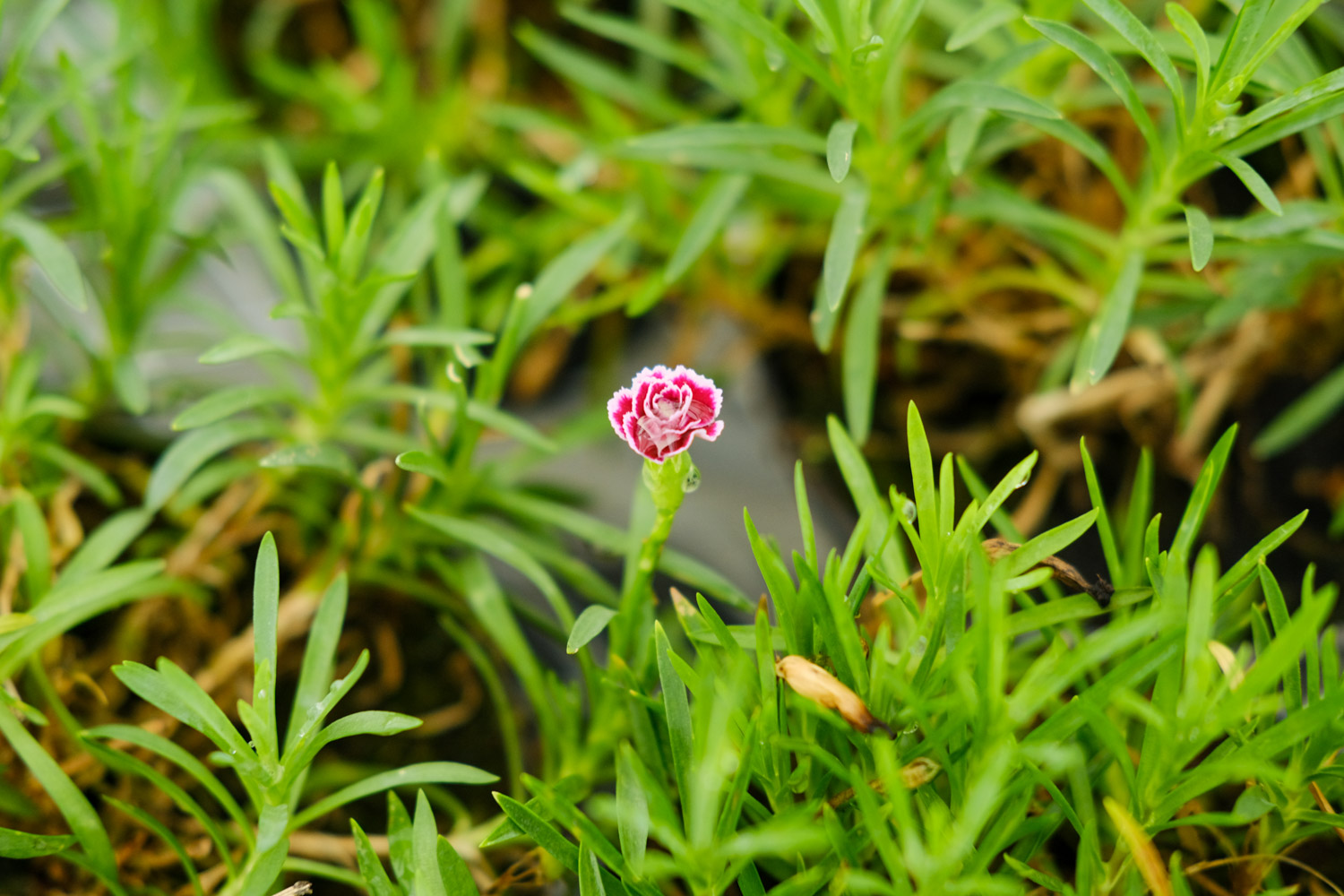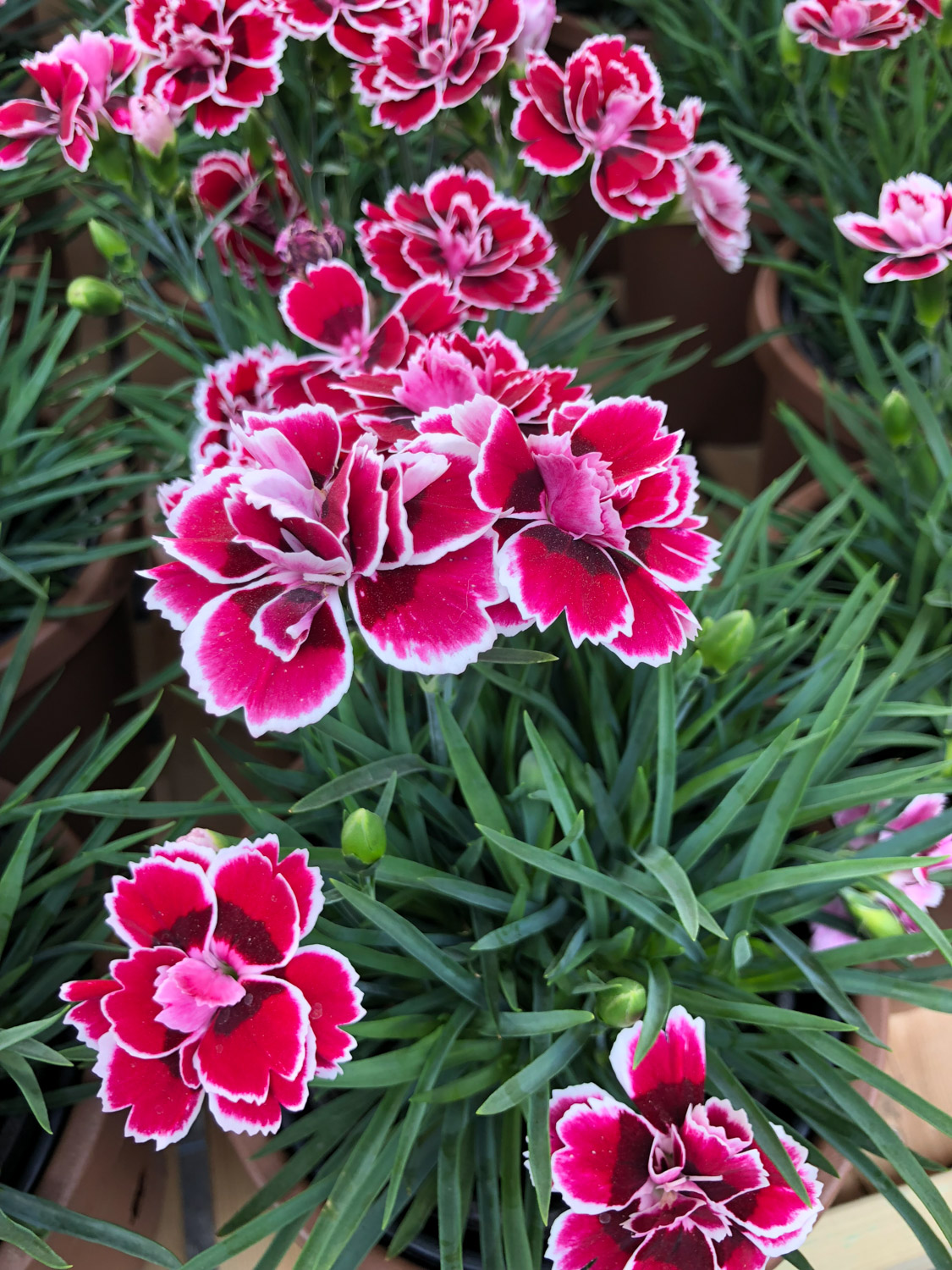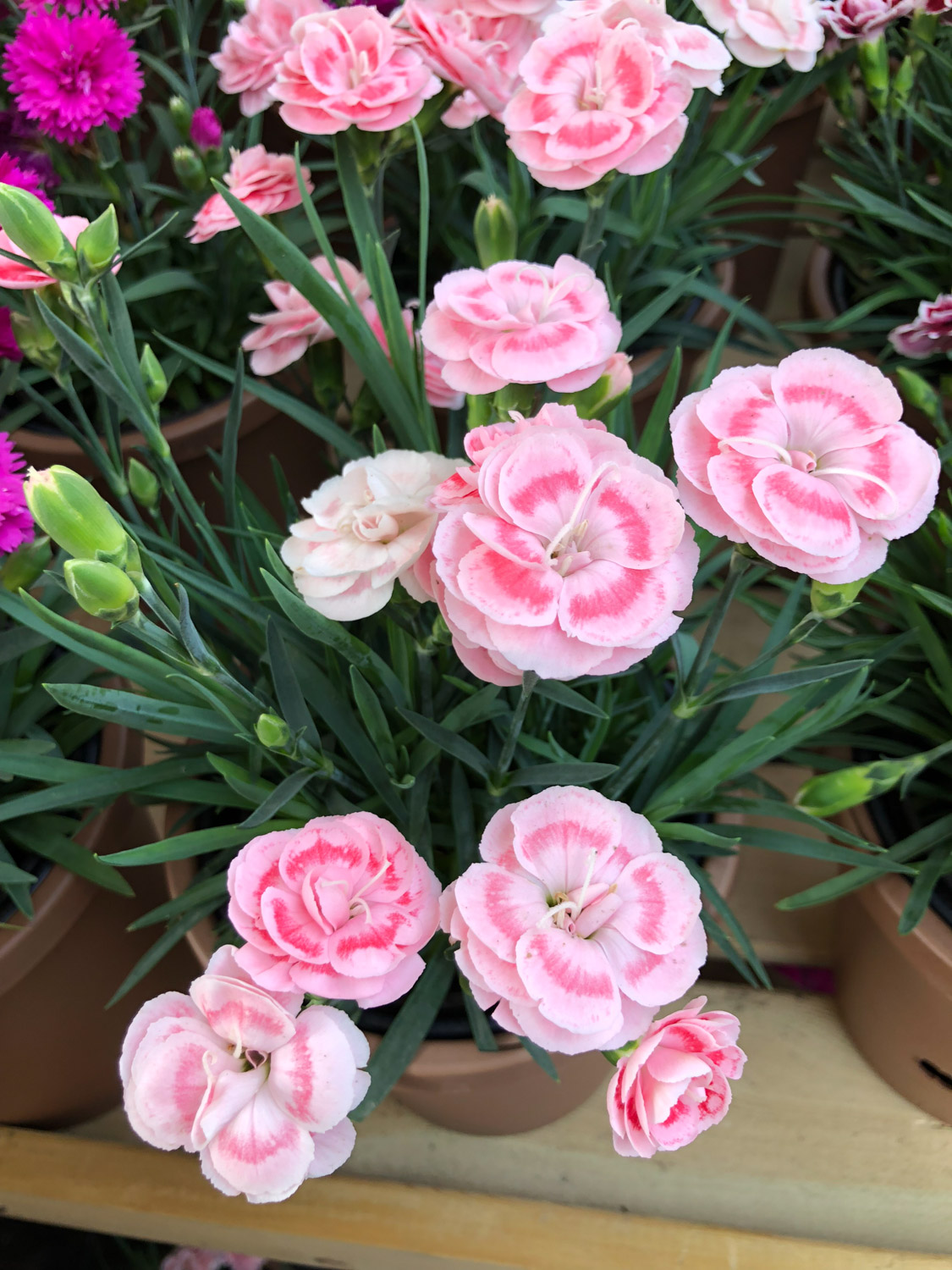1. Flowering period
First of all, we should understand its flowering period, so as to prepare for its flowering in time. Carnations usually bloom from April to September, and potted carnations last almost two or three months from flowering to complete withering. If the light conditions are too different, the flowering time will also change

2. Curing method
(1) Temperature: it likes enough sunshine and good ventilation growth conditions. The most suitable temperature for its growth is in the range of 14 to 21 degrees Celsius. If the room temperature is higher than 27 ℃ or lower than 14 ℃, it will lead to growth retardation, etc
(2) Soil: the soil with good fertilizer retention and hydrophobicity is suitable. If it contains a large amount of humus, it will promote its growth. You can add 30% to 40% of the volume of coarse organic matter into the soil, or you can use peat to raise it, but you should add some perlite into it

(3) Fertilizer: the soil generally used for planting it needs to be properly added with base fertilizer. If there is no base fertilizer, the amount of fertilizer should be appropriately increased at ordinary times. Most of the fertilizers used are phosphate fertilizer and potassium fertilizer. It is best to apply nitrogen fertilizer as little as possible and control the frequency of fertilization once in a week to ten days. Pay attention not to sprinkle fertilizer on the leaves when applying fertilizer. Just submerge the fertilizer into the soil at the root of the plant
(4) Watering: water the flowerpot every day. It's best to put a container larger than the flowerpot under the flowerpot to hold the excess water after watering. When flowering, you can give it a little more water
(5) Thinning branches: there are too many branches and flowers, and the stems and stems are in a state of high humidity and no sunshine for a long time, so plants are very easy to get sick. Therefore, it is necessary to properly comb the branches and flowers, and remove the branches with yellow leaves and weak branches and stems, so as to avoid plant disease


 how many times do yo...
how many times do yo... how many planted tre...
how many planted tre... how many pine trees ...
how many pine trees ... how many pecan trees...
how many pecan trees... how many plants comp...
how many plants comp... how many plants can ...
how many plants can ... how many plants and ...
how many plants and ... how many pepper plan...
how many pepper plan...





























